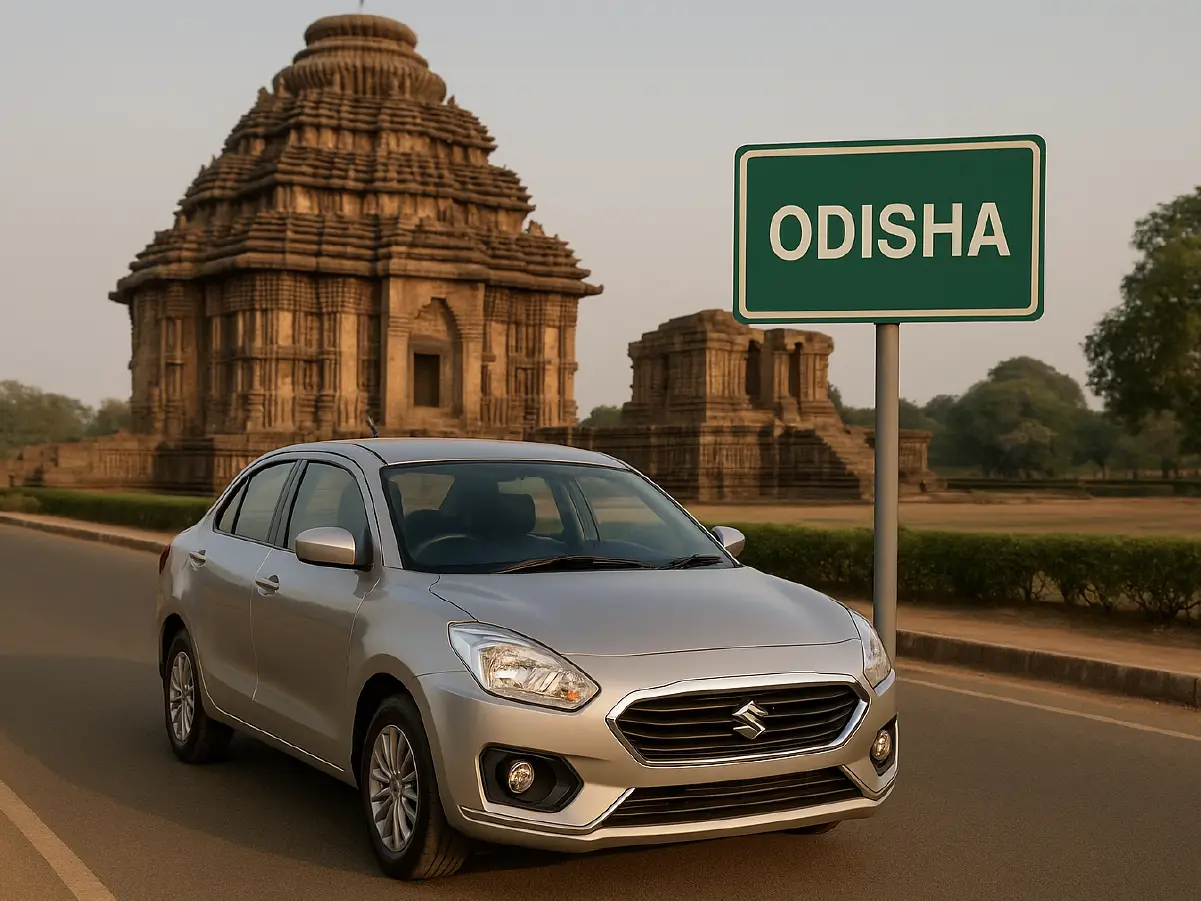

Used Hyundai i20: Manual Gearbox Dominates, No Takers for AT
- 198.5% of used Hyundai i20s sold in 2024 were manual transmission models
- 2The Hyundai i20 maintains strong resale value across petrol and diesel variants
- 3Used i20 manual offer better affordability, fuel efficiency, driving demand
The Hyundai i20 is a key offering for the Korean carmaker in India. Its success extends not just as a new vehicle, but also in the used market. In 2024, the i20 was the tenth best selling used car (across all segments) in the country, accounting for 2.2% of all used car sales last year.
Being a well-equipped and premium vehicle, the i20 is also a popular choice as it gets multiple engine and transmission options to choose from. However, in the used market, there was a clear preference for the i20 with manual transmissions. Our used car sales report revealed that a staggering 98.5% of all used i20s were sold with a manual transmission. In this article, we will analyse why manual i20s continue to dominate, and how transmission preferences have evolved over time.
Used Hyundai i20 Transmission: Manuals undeniably dominate
.jpg)
The used Hyundai i20 with a manual transmission has a dominance that is undeniable. Buyers overwhelmingly opted for manual variants across both petrol and diesel options. Here’s how the numbers break down:
- Petrol/manual i20s accounted for 76.74% of all used i20 sales in 2024.
- Petrol/automatic i20s made up just 1.57% of total used sales.
Diesel/manual i20s contributed 21.68% to the i20’s used market sales.
While second hand automatics cars are gaining traction in larger cities, manual variants remain the clear choice among buyers looking for affordability, reliability, and fuel efficiency.
Transmission Trends from 2021-2024
A deeper look at historical data from 2021 to 2024 shows how the i20’s transmission preferences have evolved over the years:
.jpg)
Although automatic variants of the i20 peaked in 2023 with a 1.9% share, manual transmission bounced back slightly in 2024 with 98.5% of total sales. Unlike larger vehicles like the Hyundai Creta, where automatics hold a stronger foothold, the i20’s smaller footprint and fuel efficiency seem to keep manual transmission variants in demand.
Hyundai i20 Engine and Transmission options explained
Hyundai has offered multiple powertrains for the i20 over the years, ensuring there’s an option for every type of buyer. Here’s a closer look at the available engines and transmission types.
Petrol Engine Variants
1.2-litre naturally aspirated petrol engine (2008 onwards)
- Power: 79 bhp
- Torque: 114 Nm
Transmission: 5-speed manual
1.4-litre naturally aspirated petrol engine (2008 onwards)
- Power: 98 bhp
- Torque: 136 Nm
Transmission: 4-speed automatic
1.0-litre turbocharged petrol engine (Available in newer-gen i20s)
- Power: 118 bhp
- Torque: 172 Nm
Transmission: 5-speed manual, 6-speed manual, iVT, 7-speed DCT automatic
Diesel Engine Variants (Discontinued in 2023)
1.4-litre turbocharged diesel engine
- Power: 89 bhp
- Torque: 220 Nm
Transmission: 6-speed manual
1.5-litre turbocharged diesel (Third Generation)
- Power: 99 bhp
- Torque: 250 Nm
Transmission: 6-speed manual
While manual transmissions continue to dominate the i20’s used market, Hyundai’s CVT and DCT automatic variants offer convenience for city driving. However, the low penetration of automatic i20s in the used car market suggests that most buyers still prefer the control and efficiency of manual gearboxes.
Resale value of the Hyundai i20
The i20 has long been known for strong resale value, thanks to Hyundai’s reputation, reliable engines, and premium features. Here’s a closer look at how different variants fare in the used market.
| Average Used Selling Price | Used Model Price Range | New MSRP Range (Ex-showroom, Delhi) | |
| Hyundai i20 | ₹5.71 lakh | ₹1.34 lakh to ₹10.09 lakh | ₹7.04 lakh to ₹11.24 lakh |
| Petrol Engine/Manual Transmission | ₹5.10 lakh | ₹1.34 lakh to ₹8.87 lakh | ₹7.04 lakh to ₹10.17 lakh |
| Petrol Engine/Automatic Transmission | ₹7.67 lakh | ₹5.25 lakh to ₹10.09 lakh | ₹9.46 lakh to ₹11.24 lakh |
| Diesel Engine/Manual Transmission | ₹5.15 lakh | ₹1.47 lakh to ₹8.84 lakh | N/A |
Key Takeaways on Resale Value
- Average Used Price: Across all models, the average used i20 price stood at ₹5.71 lakh in 2024.
- Petrol/manual variants saw strong demand, with prices ranging from ₹1.34 lakh to ₹8.87 lakh. Pre owned manual cars remain a top pick for buyers looking for budget-friendly ownership and fuel efficiency.
- Petrol/automatic variants fetched an average of ₹7.67 lakh, with prices spanning ₹5.25 lakh to ₹10.09 lakh. While they command a premium over manuals, their low availability limits market penetration, making them a niche choice.
- Diesel/manual variants retained a strong resale value, averaging ₹5.15 lakh, with price ranges between ₹1.47 lakh to ₹8.84 lakh. These models remain popular among long-distance commuters and highway users who value diesel’s fuel efficiency.
- Older petrol i20s (first-gen models) remain some of the most affordable used options, with prices dipping as low as ₹1.34 lakh, making them attractive for first-time buyers or those on a strict budget.
- Higher-trim petrol automatics hold higher resale values, especially those with DCT gearboxes, given their performance-oriented appeal and lower availability in the used market.
Newer models hold better resale value, especially those under five years old, as they still offer modern features and reliability, making them highly desirable in the pre-owned segment.
Comparing these figures to the new car MSRP (₹7.04 lakh to ₹11.24 lakh, ex-showroom, Delhi), the i20’s resale value remains strong, particularly for well-maintained manual variants.
Conclusion
The Hyundai i20’s used car market overwhelmingly favours manual transmission. With 98.5% of sales in 2024 being manuals, the trend shows no signs of slowing down. While automatics provide convenience, their higher initial price, lower availability, and long-term maintenance costs deter most used car buyers.
Manual i20s remain the best choice for affordability, fuel efficiency, and widespread availability. However, as urban preferences shift, automatic variants may find slow but steady growth in the coming years.
Frequently Asked Questions
Expand all























